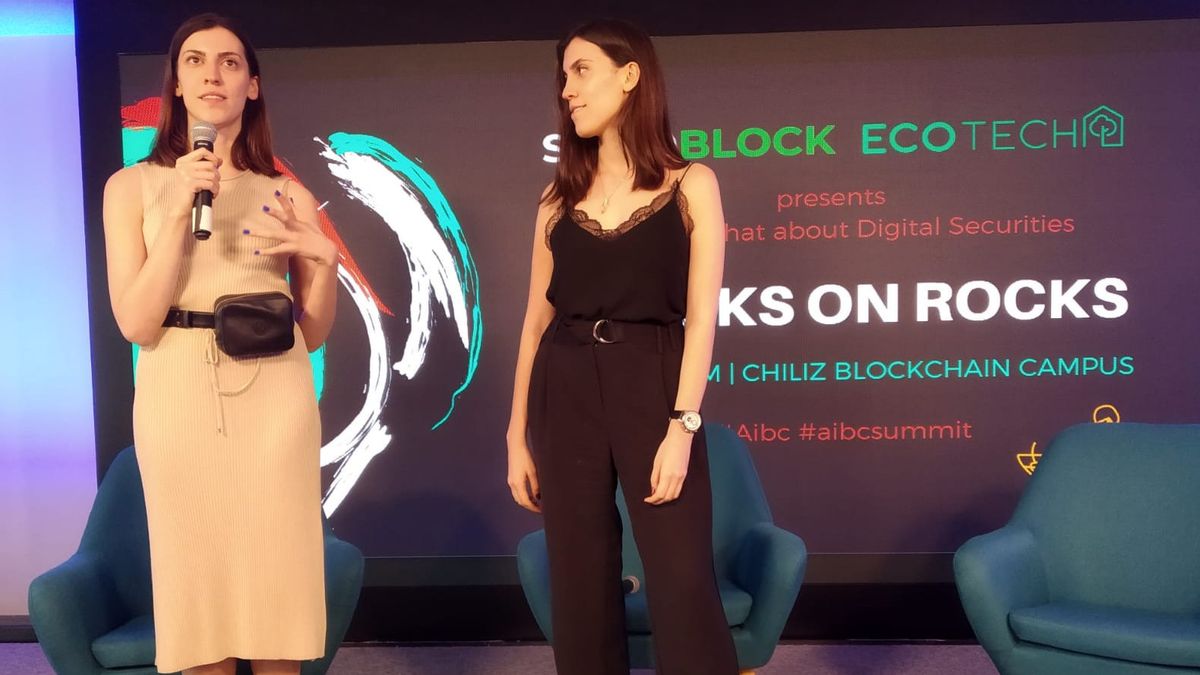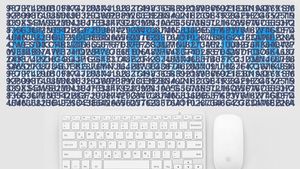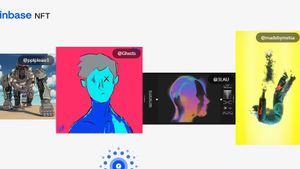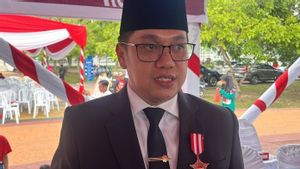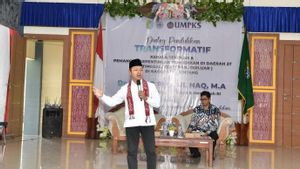JAKARTA - The non-exchangeable token otherwise known as NFT has recently received a lot of media attention around the world. Experts agree that the impact will go beyond the sale of digital artwork or tweets and change the way people communicate ideas forever.
Despite its promise to crush the print, the worldwide NFT market is as pale, manly, and ancient as the conventional arts industry. Recent statistics show only 16% of NFT makers are women. This is a staggering gender difference that reflects the lack of representation of women in the current NFT ecosystem.
According to a survey conducted by Art Tactic and published by Bloomberg, female artists account for only 5% of sales in the NFT market. In comparison, male artist creations make up 77% of sales. A total of 16% are unknown artists, and 2% are created collectively.
However, certain NFT projects seek to address the problem. Rare is one of them. Rarible has prioritized supporting women-led NFT projects. Cointelegraph spoke with industry experts, Masha Vyazemskaya, Head of Communications at Rarible, and Rebekah Keida, Head of Marketing at XBTO, about the gender gap in the NFT space.
According to Vyazemskaya, the technology sector has always been dominated by men, which she says "fosters a sense of intimidation for many women who want to enter the NFT space."
"As the industry continues to develop, it is important for us to champion our female artists and innovators, promote and encourage their work and give them greater opportunities to shape the future of the industry," said Vyazemskaya.
She describes the challenges female creators face when they first enter the NFT sector based on the "wider technology industry". According to her, "the traditional technology industry has historically always catered to men's ambitions and successes, creating a misguided expectation that technology is primarily for men."
This awareness, according to Vyazemskaya, is an important first step in encouraging more women to get involved in the NFT industry. "By championing successful women creators and women-led initiatives, we are setting a precedent for future generations of innovators that the NFT sector is a community for women," she added.
SEE ALSO:
According to Rebekah Keida of XBTO, two important steps to increase the number of women involved in the NFT and Web3 space are to enroll more people in cryptocurrency education and foster a greater sense of inclusion.
"To be honest, the industry is still very young and snowballing, so no one is really an 'expert'. We all learn together. The more we can promote this concept of inclusivity, the more welcoming the space will be for new crypto users and women who want to get involved," Keida said.
What would they advise any woman considering a career in the NFT sector? Vyazemskaya advises that it is best to start interacting with other makers and collectors as soon as possible.
The NFT community, she argues, is one of the "most supportive" ones, and much of the invaluable communication and interaction takes place on social media and internet marketplaces like Rarible.
While Keida, advises that even though it seems easy to get started, just start. "Do your research," she said.
She finds one-on-one conversations, whether via Twitter or Discord, invaluable. Typical media coverage of the NFT investment story is optimistic, either a spectacular success or a catastrophic failure.
"When you reach out and start building individual connections, you realize there's a lot more insight to gather," says Keida.
The English, Chinese, Japanese, Arabic, and French versions are automatically generated by the AI. So there may still be inaccuracies in translating, please always see Indonesian as our main language. (system supported by DigitalSiber.id)
